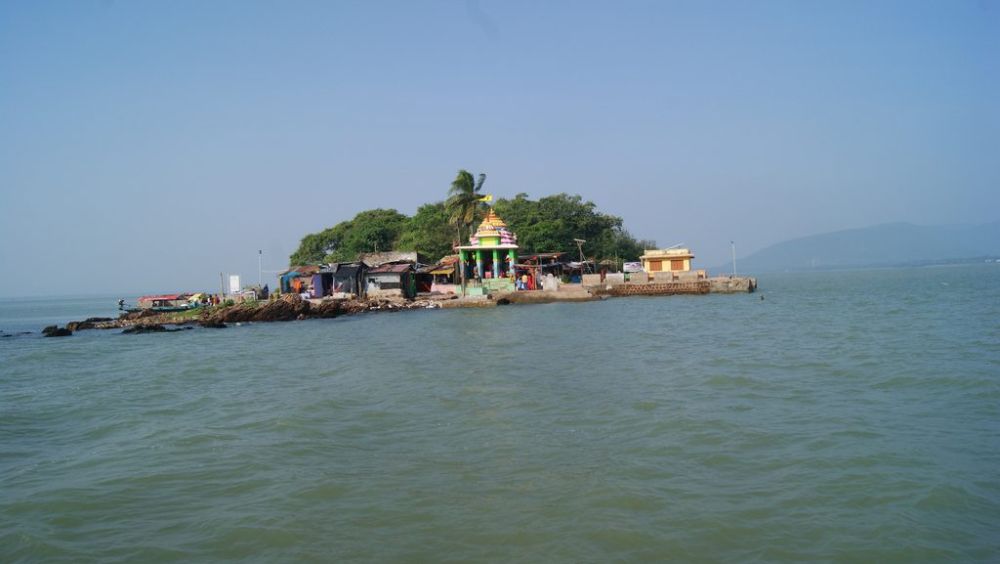

Chilika Lake, situated on the east coast of India in the state of Odisha, is the largest coastal lagoon in India and the second largest in the world. The lagoon is a hotspot of biodiversity and a designated Ramsar Site, illustrating its importance as a wetland of international significance. Chilika's magical landscape comprising of emerald green waters speckled with small islands and ensconced by a line of the Eastern Ghats is a feast for the eyes.
Tourism at Chilika Lake has a history that dates back several decades. Initially, it was the lake's natural beauty and rich wildlife that attracted local visitors. Over time, awareness of its ecological significance has turned Chilika into a destination for eco-tourists and bird watchers from all over the globe.
The British period saw the first organized attempts at promoting Chilika Lake as a tourist destination. The lake was featured in various travel guides and articles lauding its unspoiled beauty and the calming serenity it offered.
Post-independence, the Odisha government recognized the potential of Chilika Lake and began to promote it aggressively, developing better infrastructure to make it more accessible to tourists. The establishment of the Chilika Development Authority (CDA) in 1992 was a pivotal step, as it concentrated on the conservation and management of the lake, balancing ecological interests with tourism development.
Through the late 20th century, various initiatives were undertaken to improve facilities around the lake. From more boat services accessing the remote parts of the lagoon to the construction of watchtowers for bird watching, steps were taken to enrich the visitor experience.
The turn of the millennium brought with it an increase in domestic and international awareness about Chilika's biodiversity. The lake gained international attention when it was enlisted as a "Wetland of International Importance" under the Ramsar Convention in 1981, leading to further growth in eco-tourism. Subsequently, the government facilitated the opening of various eco-tourism cottages and resorts.
In recent years, tourism at Chilika Lake has evolved to include community involvement and sustainable practices. Community-based ecotourism (CBET) initiatives have been taken up, empowering local communities to manage tourism activities which, in turn, ensure the conservation of the lake's natural resources.
With the rise of social media and digital marketing, there has been a trend toward experiential and photographic tourism. Tourists flock to hotspots like the 'Kalijai Temple' and 'Satapada' for boating and dolphin watching, cherishing the opportunity to capture their experiences digitally.
The advent of luxury tourism has also touched Chilika, with the inauguration of luxury resorts and properties that offer premium experiences to those willing to explore the lake in comfort.
The annual 'Chilika Mahotsav' is a celebration of the local culture, traditions, crafts, and cuisines, which allures tourists from various parts of the country. These festivals not only boost tourism but also help to preserve the local heritage and folklore.
Bird migration season is another significant draw, with birdwatchers arriving to catch a glimpse of the thousands of migratory birds that make the lake their winter home. This period especially witnesses a spike in tourism activities in and around the region.
The future of tourism in Chilika Lake relies on the continued balance of ecological conservation and tourism. With ongoing efforts from the government and local communities, Chilika is poised to remain a prime example of sustainable tourism, while holding onto its charm as a serene and beautiful destination.
For those looking for a unique blend of ecological richness, cultural depth, and sustainable travel experiences, Chilika Lake in Puri stands as an inviting and compelling destination that is sure to enchant its visitors for years to come.